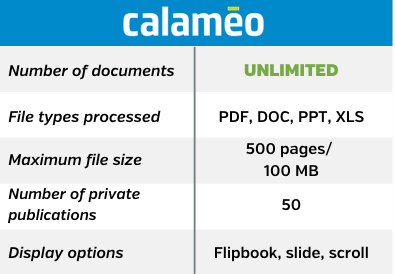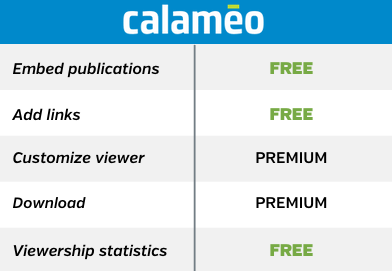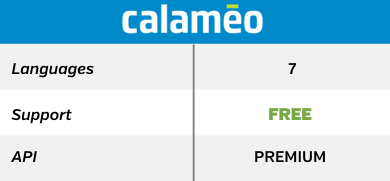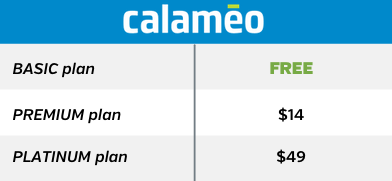What do “digital natives” have to learn about digital skills? The generation of children in school today have grown up in a connected world. Smartphones, social networks and internet culture have been part of life for many as long as they can remember. These young digital natives are defined by their comfort with technology and use digital tools intuitively. Unlike their older “digital immigrant” teachers, today’s students do not need to be taught how to log on.
Given this digital intuition, it makes sense that technology has found a central place in the classroom. Teachers increasingly use connected computers, tablets and even smartphones in lessons around the world. Students might be asked to research, work together with classmates on a group project or turn in homework online.
Digital publishing offers practical tools for students to share their work while also learning valuable digital skills. These skills go beyond the simple use of technology to help build students’ awareness of some of the biggest issues in our information society: accessibility, media literacy, digital community and understanding code. Read on to find out how digital publishing sharpens these key skills in the modern classroom.
Paperless pros
Although the future is probably not 100% paperless, plenty of everyday life has moved to the screen. Digital natives are more likely to expect experiences like shopping, banking and entertainment to be accessible online and reading is no exception. That’s why many publishers make a wide variety of titles aimed at younger readers available on Calaméo for parents and kids to sample.
As digital natives head off to school, digitally published textbooks can represent an important source of information. Online course material meets students where they are: on their phones, using Google to research their homework. By publishing textbooks digitally, educational publishers can ensure that digital natives find reliable facts through search and maybe even remind them of the paper copy sitting in their backpack.
Publishers can also offer convenience to students at ease with digital books, which are searchable, downloadable and impossible to forget in their rooms. With college textbook prices in particular at an all-time high, online editions can be an especially attractive option for today’s students. Since these publications live in the cloud, course information is accessible in and out of the classroom. Instead of staying buried deep in the clunky platforms of enterprise education applications, learning material can be consulted anywhere, anytime.
Critical thinkers
The enormous amount of information available on the web may seem particularly amazing to those old enough to remember starting homework assignments with a stack of library books. All of this information poses new risks to digital natives. In the age of fake news, 91% of teachers think that evaluating the quality of information online is an “essential” skill for students to learn.
Digital publishing platforms can be a great tool for teaching media literacy, or the ability to understand how information is communicated. While researching online, students need to know how to consider more than just the search results. Factors such as the format, the publisher and the source of information are essential to judging its quality: newspaper article or wiki? Amateur or expert? Facts or opinion? Digital publications are a rich medium for students to explore and analyze, providing diverse materials published on a huge range of topics.
Learning to think critically about sources matters not only when reading, but also when writing. One study found that a third of high school students admitted to copying from the Internet in their homework. Tools like Calaméo’s Editor let students add external links to their digitally published presentations, reports and projects to cite their sources.
Learning communities
Digital publishing is also an opportunity for today’s students to become part of a type of online community different from those than they may already belong to. Internet users younger than 25 are more concerned than older users about privacy on the web. But unlike social media networks, digital publishing platforms do not restrict interaction to friends only. This openness can teach students valuable lessons about being part of a global community.
Once a digital native becomes a digital publisher, she adds her own voice to the vast resources available online. Students publishing on Calaméo also have the option of creating private publications, which are not indexed for search. Since how to approach online privacy is in the news and on the minds of young people, students should decide carefully when to publish privately and when they want to join a worldwide conversation.
Whether public or private, digital publications are the site of innovation in teaching and learning. From educators publishing lesson plans to student newspapers distributing online editions, digital publishing brings both local and global communities together. Some inspired teachers are even using digital publishing to grade assignments, reviewing the homework that individual students publish and leaving comments with feedback.
Future developers
Although digital publishing is a great tool for teaching in almost any subject, one of the ways it is most useful is for students who are beginning to learn coding skills. Digital natives may feel immediately comfortable with technology, but comfort does not mean an ability to code or even understand what’s happening behind the user interface. By 2020, an estimated 1.4 million software development jobs will go unfilled in the US alone because there are not enough qualified candidates.
Students everywhere can benefit from reviewing the technical basics of digital publishing. Uploading different file types to Calaméo is simple, but today’s students need to know what it means to publish in HTML5 and what that allows you to do. Studying up on the differences between a PDF, digital publishing and file sharing services is a good place to start.
To gain practical skills, beginner students can try their hands at development activities using digital publishing. Embedding a publication in a student-created webpage is a perfect project for learning about Iframes, a key building block of many websites, while creating a fully responsive Library widget display may be appropriate for more advanced students. Students interested in design can take advantage of Calaméo’s uniquely adaptable viewer by coding their own viewer Themes.
Final marks
Digital publishing makes it easy for students to access course materials and offers teachers many possibilities for encouraging them to develop media literacy, participate in an online information community and improve tech know-how. When it comes to helping digital natives strengthen important digital skills, Calaméo is at the top of the class.







